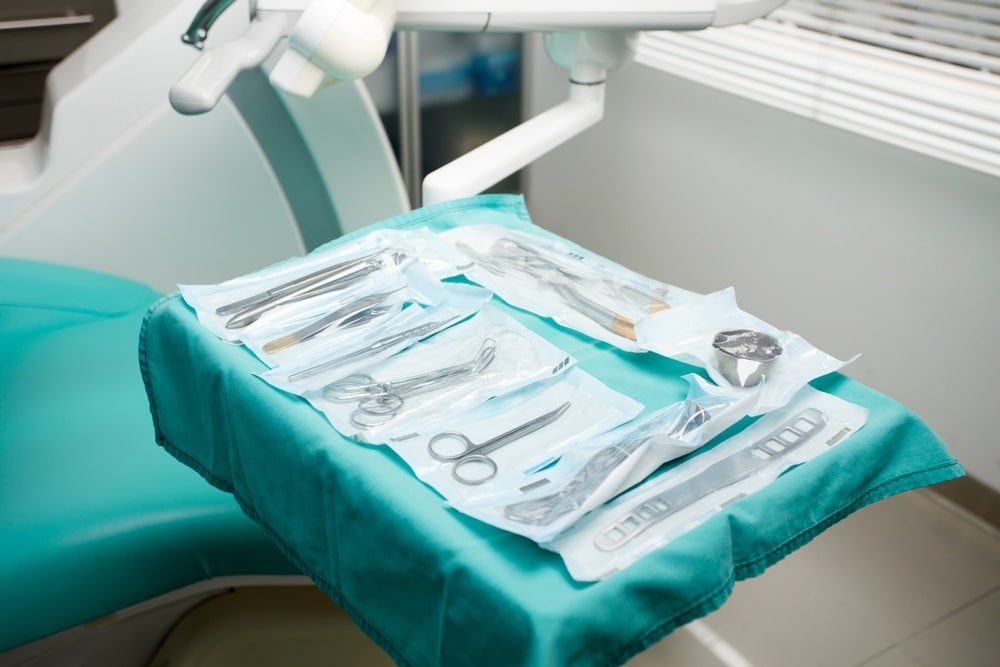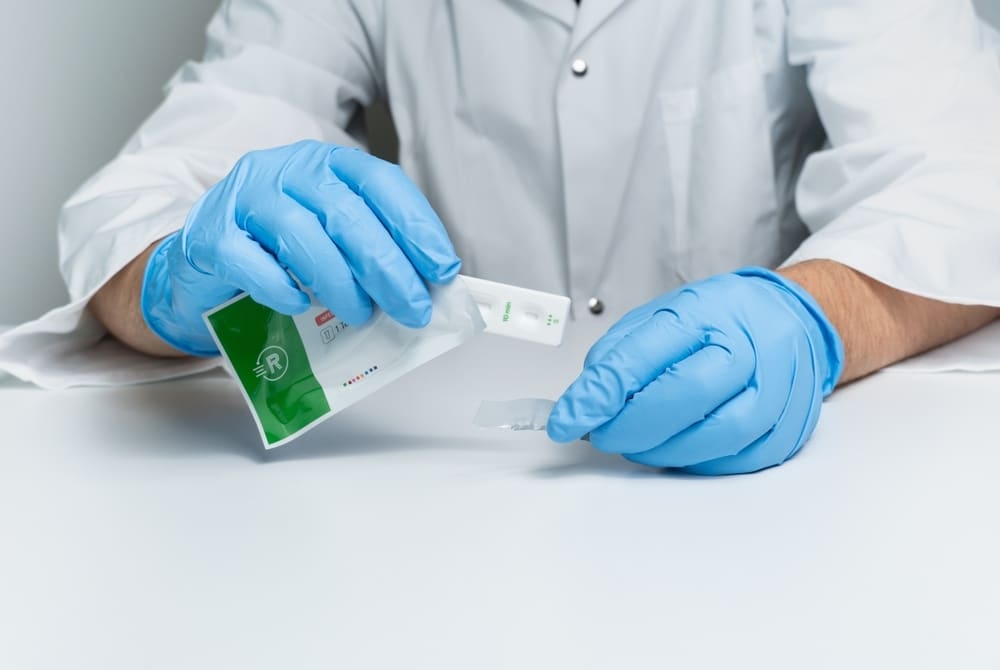Packaging for medical devices is a crucial part of a device’s design, which happens during the last stages of a medical device’s product development process.
By respecting medical device packaging standards, you can implement efficient packaging earlier in the process. Doing so can eliminate stress, create a more effective product, remove cost surprises, and minimize risk.
The entire design process requires that you stay focused on your ultimate goals. Medical device packaging design affects multiple aspects, such as shipping, usability, and sterilization. It would be best if you also keep in mind how the package will work once the device is in use.
Remember that your objectives may continue even after the initial launch of your product. Such goals may entail procuring a CE mark or shipping internationally. If you choose to be proactive, design and packaging materials will not increase costs, decrease sales or slow down your timeline.
Regulatory Requirements for Medical Device Packaging

There are several regulatory medical device packaging requirements for medical devices regarding packaging, which influence how a company has to manufacture medical devices. The Food and Drug Administration (FDA), International Organization of Standardization (ISO), and the European Union create some of the most pervasive compliance standards.
FDA
The FDA expects that all products with the label of sterile be without viable microbial contamination throughout the entire shelf life of the product. One of the primary purposes for formidable packaging is its ability to maintain this sterility during storage and shipping.
Per the FDA, under Section 820.130, concerning medical device packaging design, all manufacturers have to ensure that shipping containers and device packaging are constructed and designed to protect the device from damage or alteration during the protocols concerning processing, storage, handling, and shipping.
The FDA uses ISO 11607 to regulate and check medical device packaging. It’s all based on a consensus standard between ISO and FDA.
International Organization of Standardization
For consideration, medical devices must remain sterile for the duration of the sterilization process, including shipping, handling, distribution, storage, and usage.
ISO created regulations (ISO 11607) to uphold the integrity of the medical device packaging design standard for products deemed terminally sterile.
ISO 11607
Referring to a medical device as “terminally sterilized” means that it received a sterilization process while the product was inside the packaging, creating a sterile barrier system. The least amount of protection is a sterile barrier system, usually within an outside barrier packaging, to ensure that it’s sterile.
The packaging system consists of the sterile barrier system and all protective medical device packaging designs are supposed to keep the device from sustaining damage or compromising the sterile barrier system.
A terminally sterilized device means that manufacturers sterilized the package with a substance that could penetrate their packaging, such as gamma radiation or ethylene oxide.
This sterilization process is different from aseptic processing, which occurs when manufacturers sterilize devices or parts individually and later group them in a sanitized atmosphere. ISO 11607 covers all medical device packaging requirements for terminally sterilized devices.
The ISO 11607 standard consists of two parts. The first section of the protocol covers the method and requirements for testing medical device packaging designs and barrier systems which are necessary to maintain terminally sterilized medical devices sanitized until the product reaches the ultimate user (ISO 11607-1).
The second section of the standard consists of the protocol for the development and justification of the protocol for a sterile barrier system for medical products. This helps to keep devices sterile until use (ISO 11607-2).
European Medical Device Regulation
The European Medical Device Regulation (MDR) describes the new regulations governing the production and distribution of medical devices manufactured in Europe. Europe requires compliance from medical device companies that desire to sell their merchandise, even if they operate outside of Europe.
Don’t confuse the MDR with the Medical Devices Directive (MDD). Therefore, if you were already compliant with the latter, it doesn’t mean that you are compliant with the MDR; it has many new regulations.
To comply with the EU MDR, you should adhere to all the relevant aspects of the MDR 2017/745.
The new European MDR, when compared with the former MDD, has less emphasis on the pre-approval stage of medical device manufacturing. Instead, it focuses on a lifecycle approach to medical device regulation.
Designing for Product Safety and Usability
The packaging that you choose should protect your medical device from harm during the shipping and transportation phase.
To ensure patient and product safety, you have to use the correct enclosures, packaging materials, presentation, and usability are all of the highest standards.
There are a few questions that manufacturers ask to ensure they are meeting packaging standards, such as:
- How long will your product be en route before reaching the final destination?
- Does it have to meet various requirements at a distribution center?
- How will you typically transport your medical devices? How will your medical devices fare if they’re placed in storage?
- Is your product packaging robust enough to survive international shipping methods? Will the medical device packaging design stand up to varying levels of humidity, pressure, and temperatures? Can the packaging withstand drops, impact, and more?
You’ll notice that pouches, forming films, and bags are common in the medical device industry for commodity products that don’t require high levels of protection. Contrastingly, laminations, thermoforming trays, and die-cut lids are the standard for enhanced protection.
Accessibility
As important as protecting your medical devices, you must also ensure that accessibility is a priority. Medical device packaging design has to be straightforward for users to access the product within their work environment. They should be able to easily and quickly open or close the package.
That means sterility is a pivotal component to consider until they open the package and beyond. Essentially, you want to use packaging materials that can accommodate physical and environmental factors present when they use the devices.
Sustainability and Environmental Impact
As industries strive toward sustainable technology, eco-friendly packaging standards in medical environments have become a priority in recent years.
It requires a lot of material to transport and protect medical devices, and a high amount of those materials find their way into the trash system. Being classified as medical waste means there’s a need for more recycling programs.
For example, there was an independent certification from last year (May 2021) that reported findings that support Tyvek 1059B, 1073B, 40L, and 2FS are 100 percent recyclable. These grades are per emerging and existing recycling tactics.
There’s still a ton of research needed here. Still, there are ways that packaging engineers and developers can stay conscious of efforts to shift to more sustainable packaging and waste reduction.
Here are the current suggestions:
- Reduce the amount of material used for your packaging, as we as the footprint
- Explore new medical device packaging designs that can optimize usage and still guarantee security and safety
- Try to use materials that are recyclable through the current processes offered by leading medical packaging companies
Packaging Materials and Testing
Amongst the most common packaging materials for medical devices are vinyl, LLDPE, PP, PC, APET, PETG, HIPS, and PETG Foam, as well as proprietary formulations.
Plastics are a frequent material for films and other products that require a flexible structure. Sometimes they get combined with various materials to make the packaging more durable.
There are numerous packaging methods that you can use to determine whether your packaging meets sterilization and medical device packaging requirements for the selected device. Your packaging must contain the appropriate barrier systems or have a material coating that prevents contamination.
To meet the medical device packaging requirements, packages:
- Must be suitable for the sterilization cycle and different types, including steam permeability, susceptibility to gas degradation, moisture retention, etc.
- Must have good material strength and types, such as plastic-paper pouches, biodegradable woven textile wrappers, or single-use textile wrappers
- Must have protection and integrity during transportation and from possible contamination
- Must accommodate assembly or disassembly for various parts of the device
Materials have to meet these general performance requirements:
- Odorless
- Non-leaching
- No holes, cracks, localized thickening, creases, or any defect that affects the functioning
- Consistent basis weight based on specifications
Materials also cannot exceed specified levels of lint or particulate matter. They must be sterile, intact, and have regular thickness variation, tensile strength, burst strength, and air permeance.
As for chemical requirements, medical packaging must follow these guidelines:
- Must meet criteria for chemical property regulations for the sterilization process for the packaging system (chloride, sulfate, and pH value)
- Cannot contain toxic substances in quantity harmful to one’s health at any stage of the sterilization process
- Must possess microbial barrier properties unless they become categorized as impermeable
Typically, packaging testing is necessary and comes in the form of chemical, mechanical, and microbiological evaluations. The type of packaging testing the medical devices undergo depends on the assembly and production process, the type of device, and your chosen distribution method.
Consider MDI for Punctual, Precise, & Affordable Medical Device Packaging

Medical device packaging requirements focus on sterilization, sustainability, safety, and usability. Manufacturers shouldn’t consider the packaging process as the last step but rather a conscious consideration throughout the assembly and production of their medical devices.
Ensure that you’re using eco-friendly materials when possible and adhering to updated regulations by governing bodies such as the FDA, ISO, and EU MDR. When companies design their product packaging strategically, they can provide safety for the patient and the device.
Thankfully, partnering with experienced medical device packaging companies can help guide your company toward the best medical device packaging design based on device type, nature, intended use, and chosen sterilization process. Contact MDI today to learn how we can help with a packaging design for your medical devices.
Frequently Asked Questions
Q – Why integrate packaging early in medical device development?
A – Packaging for medical devices should be considered from the start to maintain sterility, protect against transit damage, and improve usability, avoiding costly delays and ensuring compliance with goals like international shipping or CE marking.
Q – What are the primary regulatory standards for device packaging?
A – Key requirements include FDA Section 820.130 for damage protection, ISO 11607 for sterile barrier systems in terminally sterilized products, and EU MDR (2017/745) for full lifecycle compliance across production and distribution.
Q – How does ISO 11607 guide sterile packaging protocols?
A – ISO 11607-1 outlines testing for barrier integrity to preserve sterility until use, while Part 2 focuses on developing protocols for materials and processes in gamma radiation or ethylene oxide sterilization.
Q – What materials are commonly used in medical packaging?
A – Options like vinyl, LLDPE, PP, PETG, and Tyvek provide durable, sterilizable barriers with properties such as tensile strength, low permeability, and no leaching, tailored for pouches, trays, or protective wraps.
Q – What testing ensures packaging reliability?
A – Comprehensive checks cover chemical compatibility, mechanical durability against drops and humidity, and microbiological sterility, customized to the device’s distribution path and assembly method per ISO standards.
Q – How can sustainability be achieved in device packaging?
A – By minimizing material use, selecting recyclable options like certified Tyvek grades, and designing for easier recycling, medical packaging companies reduce waste while upholding safety and regulatory needs.
Q – What role do experts play in packaging design?
A – Medical device packaging companies guide materials, testing, and compliance, helping streamline designs for efficiency, cost control, and eco-friendliness from prototype to market.